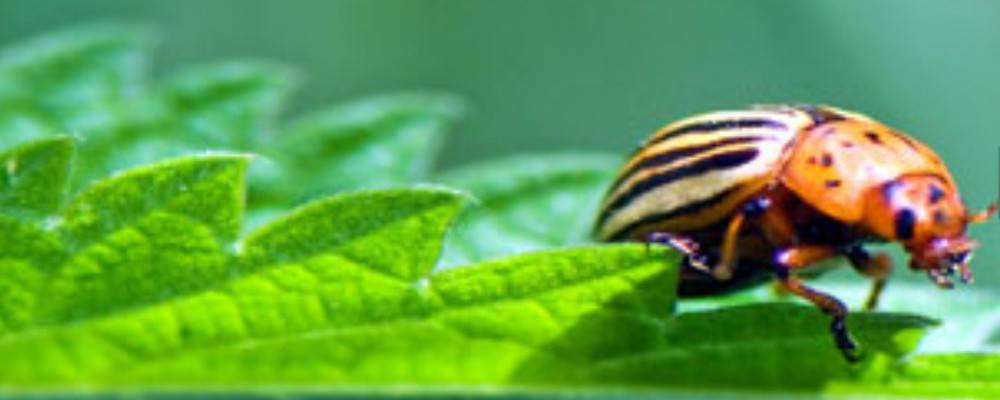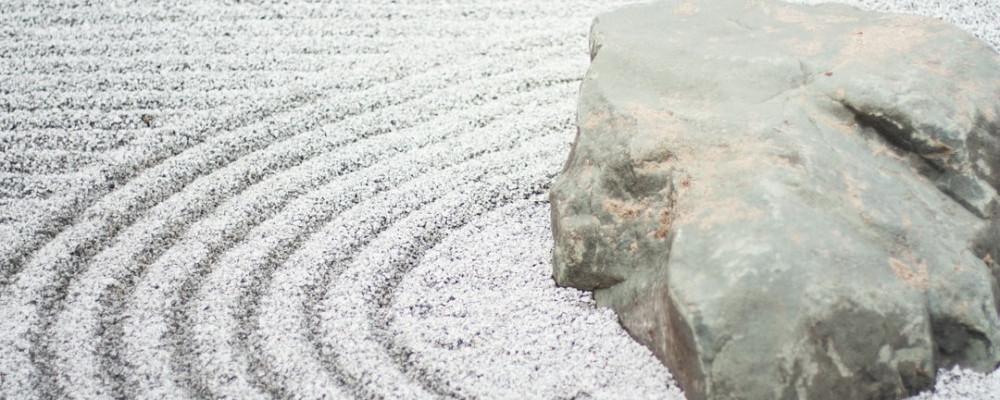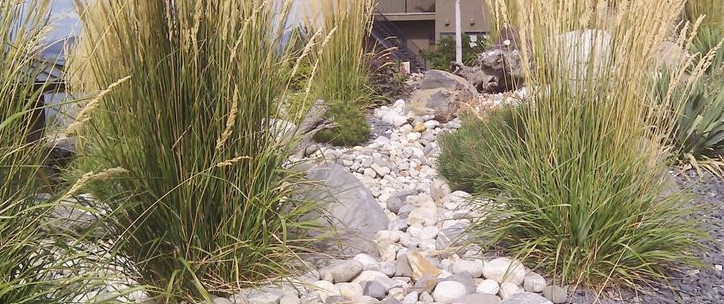
My Garden Bugbears.
One of the “bugbears” (pardon the pun) of a gardeners life are pests. And I am not talking bout the 2 legged variety who constantly interrupt your chores. I’m talking about the critters that chew holes in your leaves and have vampiric approaches to your lovely succulent saplings. Curse them all.
How do I keep bugs out of my garden, I hear you all say. The simple answer is, that you can’t. Some insects can fly and some can fly a long way so keeping them out of your garden is impossible. Kill them all, would that be a solution? No, because there is a complicated range of biodiversity happening in your garden.
We have a food chain that involves good bugs that help pollinate and protect. And the bad ones that destroy and introduce diseases. How do we tell the difference and what do we do to protect ourselves?
The Good, The Bad, and the Ugly.
I read somewhere there are about 10 quintillion bugs in our world. That is numerically almost impossible to write, but here we go. 10,000,000,000,000,000,000 and they are all jumping and crawling and burrowing in your garden. At least that is what it feels likes. However, there are only 1-tenth of 1% of those that can be classified as seriously bad for your garden. And the rest are either harmless or beneficially adding a bit of color and doing some good jobs around your garden.
Numerous tasks carried out by insects benefit our landscapes and the environment. Many creatures, including birds, fish, and frogs, rely heavily on insects as a food source. The majority of food crops and flowering plants depend on insect pollination. Also, many insects play a crucial role as pest predators in our backyard gardens. Because there are beneficial insects in the ecosystem preventing an infestation, many other insects do not become pests. Additionally, insects are essential for recycling and removing debris, which keeps soils healthy.
Finding Bugs in Your Garden.

Pest damage can be recognized in a couple of ways. You can see the bug or the harm it does. Until you notice brown stains on your apples or witness tiny, white insects buzzing around your tomato plants, you might initially be unaware that pests are eating your plants. Garden pests can be identified by holes in leaves, small insects surrounding plant roots, spotted foliage, and stripped leaves, to name a few symptoms.
Regularly inspect your plants and address issues as soon as you notice them. Some bug species can be repelled with a spray of water from the hose, while others require more drastic measures. However, avoid using chemicals, adopt organic gardening, and manually exterminate visible insects to keep your garden insect and chemical free.
Preventing Pesky Pests Preying on Plants.
There are several ways to keep your pesky pests at bay without falling back on pesticides. Here are a few even before we talk about specifics.
Natural Predators.
Bringing in natural predators to your garden is a terrific approach to deter pests. Depending on the kind of bug you’re dealing with, your strategy could change. For instance, wasps, ladybugs, and lacewings feed on aphids.
Whereas ground-dwelling slugs are afraid of ground beetles, lizards, toads, and snakes. Find out how to introduce the kinds of animals that can solve your pest problem for you! Chickens can be a great deterrent for almost any nasty bug, but they will not differentiate between your good bugs or your bad.
Unpleasant Groundcover.
Creeping pests like slugs, snails, and caterpillars approach your plants from the ground. So make it unpleasant for them, make it a sharp, dangerous place. Spread crushed eggshells beneath your plants and your bothersome bugs may just keep moving along. Practice putting some pepper spray on your eggshells and watch your creepy crawlies seriously bothered.
Horrors and Herbs.
What smells lovely to you might smell the worst in the world to your bug-eyed friends. A number of fragrant herbs, including yarrow, citronella, mint, fennel, catnip, basil, and lemongrass, are effective natural repellents of garden pests, including everything from aphids to potato beetles. Additionally, some of these herbs entice the predators that keep pests in check.
Floating Row covers.
As the name implies these covers sit over the plants and provide a physical barrier between the plant and parasite.

Make your own Plant Potion.
Beer, flour, and salt are all entirely harmless for humans but can be extremely harmful to slugs, snails, and insects. Practice using various compounds that will stifle the excitement of those undesirable insects, and keep in mind that the healthiest plant is also the hardest to hurt.
Growing robust, disease-free plants that are challenging for bugs to attack is the greatest approach to keep garden insects away. Check leaves frequently for damage or discoloration, and trim or remove any unhealthy plants or leaves. Well-mulched nutrient-rich soil and appropriate watering will also help maintain your plants health. Last but not least, keep those weeds in check because they might serve as a refuge for pests.
Reem with Neem.
Neem is a naturally occurring herb that is derived from the neem tree, also known as Azadirachta indica and Indian lilac. The extract is made from the tree’s seeds and has a variety of historical applications. Neem is well renowned for its ability to repel insects and pests. A typical pest deterrent that works well against mosquitoes and sand fleas is neem oil. Neem in other forms can be used to repel moths and control termites.
Picture: Neem plant/leaves and seeds.
Some Common Pests.
Aphids.
The two tubes that extend rearward from the abdomens of these tiny, pear-shaped creatures are longer than their antennae. In North America, they frequently congregate on fruits and vegetables, flowers, ornaments, and shade trees. Aphids feed on plant sap causing leaf drop and distorted foliage. Aphid secretions assist the establishment of sooty mold and spread viral diseases.
To get rid of aphids,
- Wash plants with a strong spray of water.
- Encourage native predators and parasites such as aphid midges, lacewings, and lady beetles.
- Apply hot-pepper or garlic repellent sprays.
- For severe problems, apply a horticultural oil or neem oil
Caterpillars.
The soft, segmented larvae known as caterpillars have a distinct, harder head capsule, six front legs, and mushy fake legs on the back segments. They are present on a variety of ornamental and shade trees, as well as fruits and vegetables. Some caterpillars burrow into fruits, while others munch on leaves or the margins. We need butterflies in our lives, therefore please keep in mind that these little beauties will eventually transform into butterflies.
To deter caterpillars.
- Pick and remove them.
- Apply eggshells to the base of surrounding plants.
- If you must, introduce predators and parasites.
Colorado Potato Beetle.
Adult yellow-orange beetles have ten black stripes on their wings. In North America, they can be found on potatoes, tomatoes, cherry tomatoes, eggplant, and petunias. These insects harm young plants or reduce yields by defoliating plants.
To get rid of them.
- Apply floating row covers (as above).
- Use deep straw mulches around the plant.
- Handpick and remove parasites.
- Attract native parasites and predators
- Spray with neem oil. (As above)
Mexican Bean Beetle.
The larvae are fatty, dark yellow grubs with long, branching spines, while the adults are 1/4-inch oval, yellow-brown beetles with 16 black spots on their wing covers. The majority of the states east of the Mississippi River, as well as some areas of Arizona, Colorado, Nebraska, Texas, and Utah, have them on cowpeas, Lima beans, snap beans, and soybeans.
The leaves are chewed on from below by adults and larvae, leaving a lacy look on your lovely plants.
To get rid of them.
- Apply floating row covers.
- Plant bush beans early.
- Hand pick your parasites off your plants.
- Introduce spined soldier bugs (predators) to your yard.
- Spray with insecticidal soap or neem oil.
Scale.
Males are tiny flying insects, while females are hard or soft lumps on stems, leaves, or fruit. Larvae are tiny, soft-bodied crawling insects with threadlike mouthparts. In North America, you can find them on a variety of fruits, houseplants, decorative shrubs, and trees. Plants are weakened as a result of the sap-sucking in all phases. Plants may turn yellow, lose their leaves, and perish.
To Control.
- Prune out infested plant parts.
- Encourage native predators.
- Scrub scales gently from twigs with a soft brush and soapy water, and rinse well.
- Spray with neem oil.
The dangers of pesticides.
There are numerous types of garden pesticides available to meet a variety of demands. Among them are herbicides, fungicides, and insecticides. Additionally, there are pesticides that are botanical in nature. Even though they are typically made from plants and some people consider them “organic,” they may nonetheless be hazardous to wildlife and helpful insects.
if you ever do decide to use a pesticide in the garden please read comprehensively before doing so. As the family you may poison accidentally may be your own. A good reference point is “nature.com/scitable“
My belief is that we still do not know the intricacies of bio-diversity in this world, so the least damage we can do to our environment is better for all.
Stephen.




